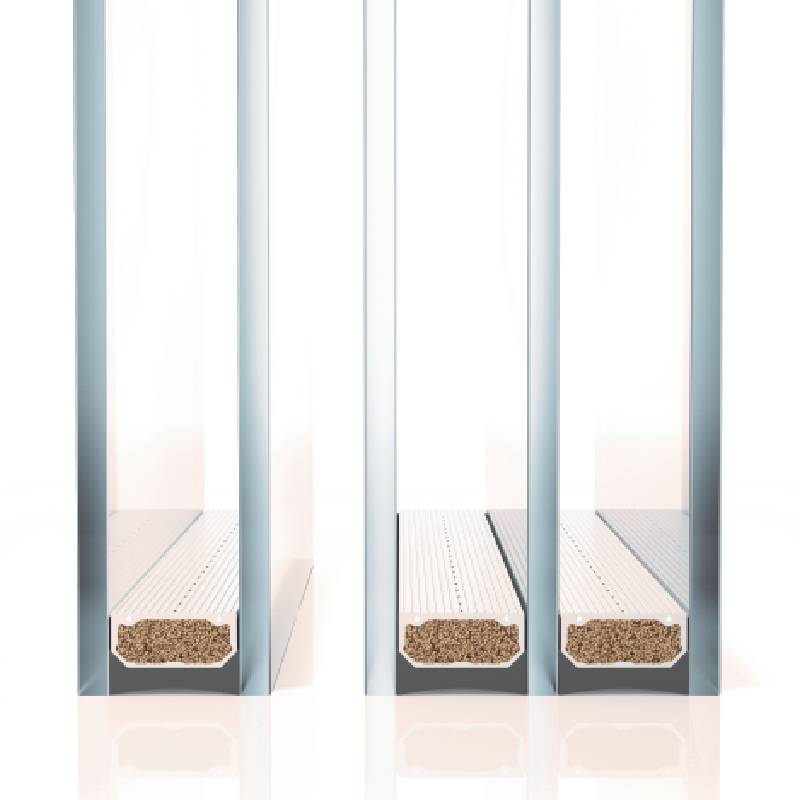

The Benefits of Heat Reflective Glass
In today’s rapidly evolving architectural landscape, the quest for energy efficiency and sustainability has taken center stage. One of the most groundbreaking innovations in this field is heat reflective glass, a versatile material that combines aesthetic appeal with energy-saving properties. This modern glazing solution is increasingly being adopted in both commercial and residential buildings, providing numerous benefits that contribute to a more sustainable future.
Heat reflective glass, as the name suggests, is designed to reflect a significant portion of the solar heat that strikes its surface. Unlike traditional glass, which allows sunlight to enter while also letting heat escape, heat reflective glass helps to maintain a comfortable indoor temperature by minimizing heat gain. This feature is especially advantageous in hot climates, where excessive heat can lead to increased reliance on air conditioning systems, resulting in higher energy costs and greater environmental impact.
One of the primary advantages of using heat reflective glass is its ability to enhance energy efficiency. By reducing the amount of heat that enters a building, it lessens the need for artificial cooling systems, thus lowering energy consumption. This not only translates to cost savings for homeowners and businesses but also contributes to a decrease in greenhouse gas emissions associated with energy production. In a world that is increasingly focused on reducing carbon footprints, heat reflective glass stands out as a smart choice for eco-conscious builders.

In addition to its energy-saving properties, heat reflective glass also plays a significant role in improving occupant comfort. By maintaining a stable indoor temperature, it creates a more pleasant living or working environment. Furthermore, this type of glass can help reduce glare, allowing for better natural lighting without the discomfort of harsh sunlight. As a result, spaces equipped with heat reflective glass can be both visually appealing and functionally efficient.
Moreover, heat reflective glass comes in various styles and finishes, making it an aesthetically versatile option for architects and designers. Whether it’s a classic office building or a contemporary home, this innovative glass can be seamlessly integrated into any architectural design. Its sleek appearance also adds to the modernity of a building's façade, enhancing its overall visual appeal.
In summary, heat reflective glass is a remarkable solution that benefits both the environment and building occupants. By reflecting solar heat and improving energy efficiency, it addresses some of the key challenges faced in today’s energy-intensive world. Its comfort-enhancing properties and aesthetic versatility further solidify its importance in modern architecture. As we move towards a more sustainable future, embracing innovations like heat reflective glass is crucial for creating energy-efficient and comfortable spaces.